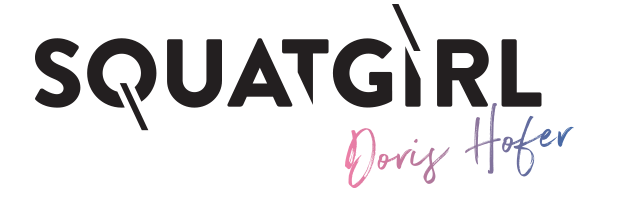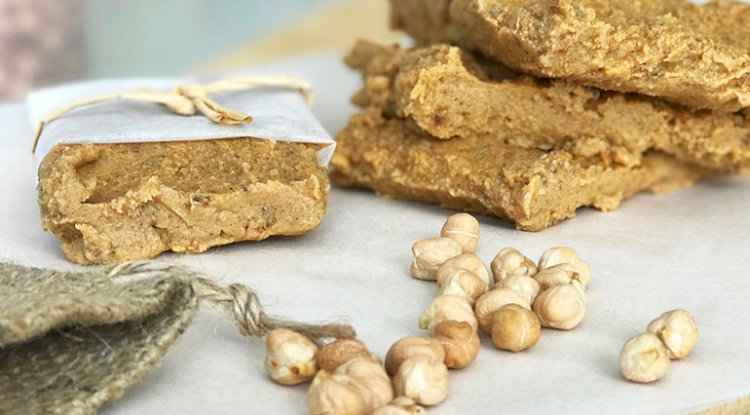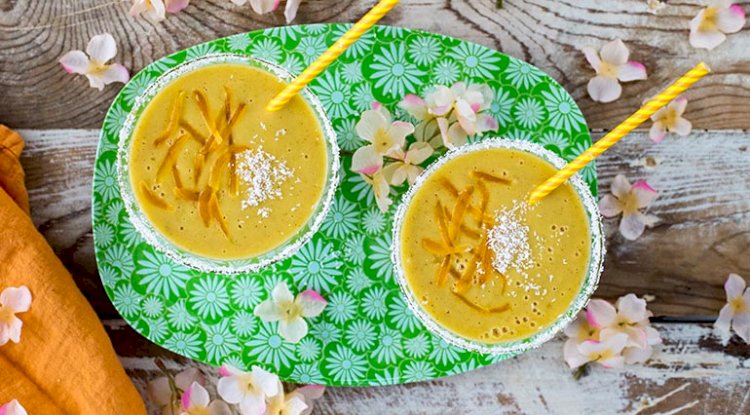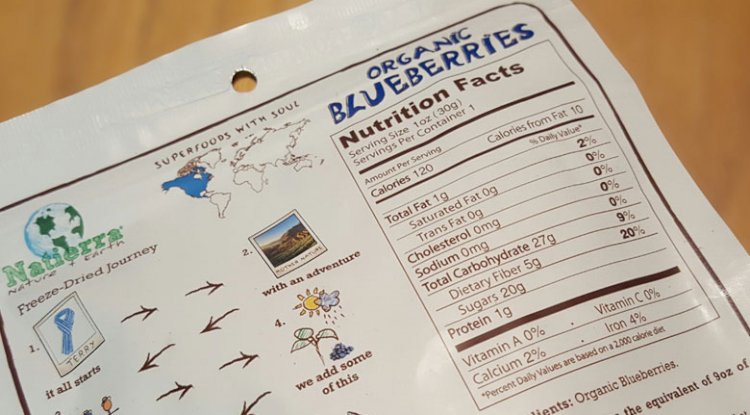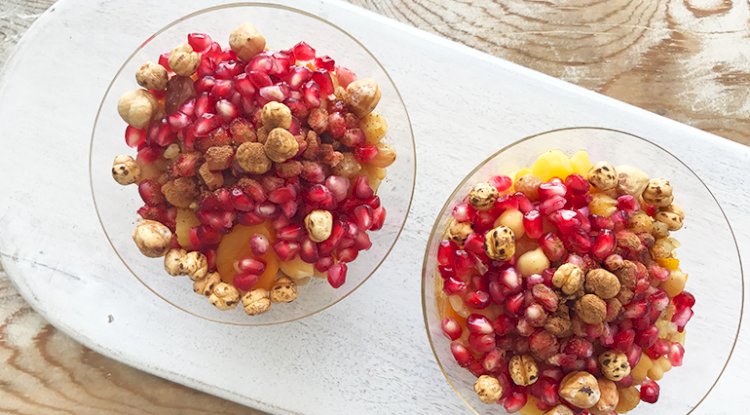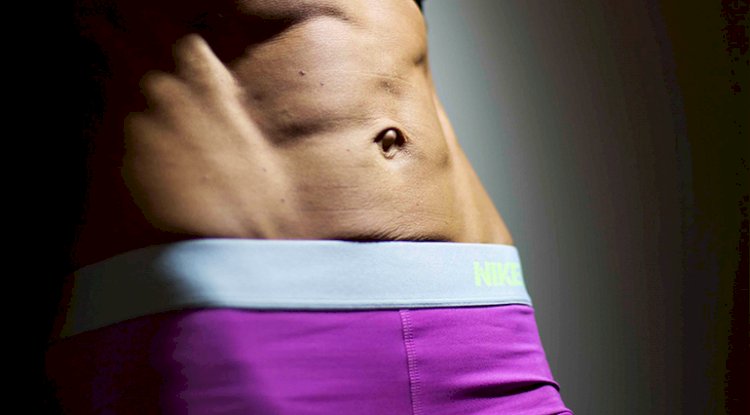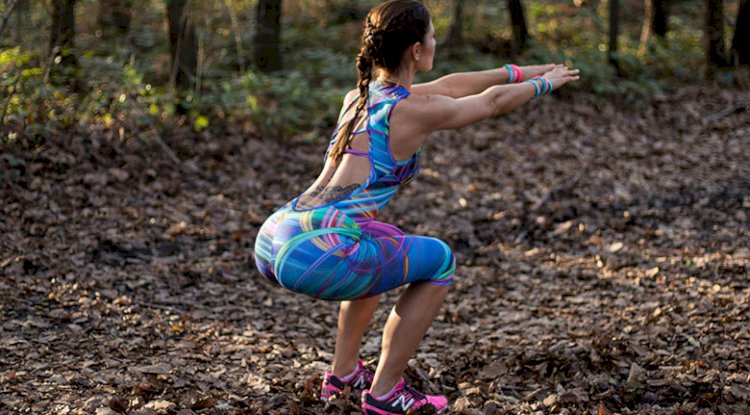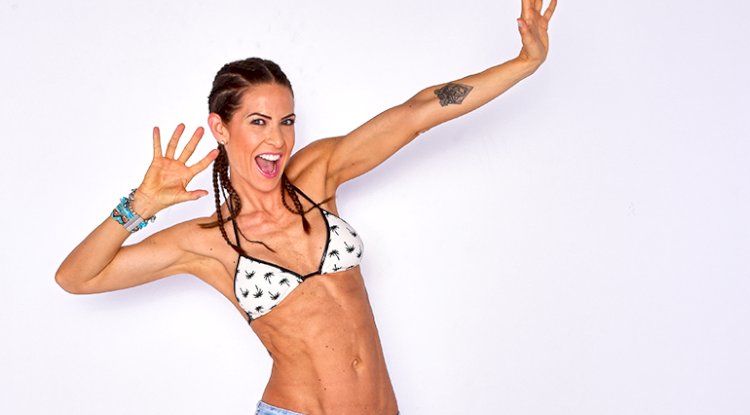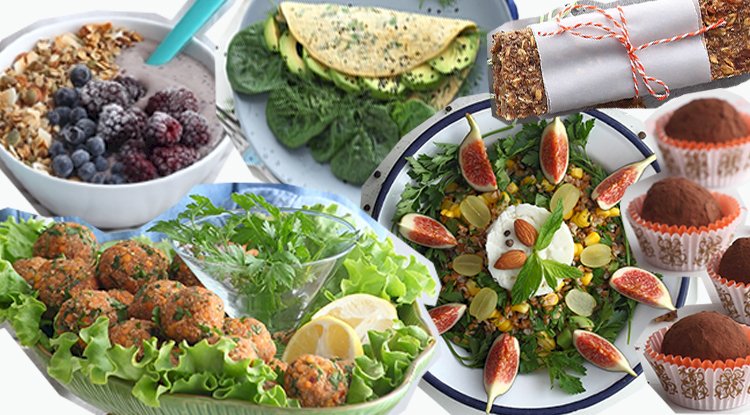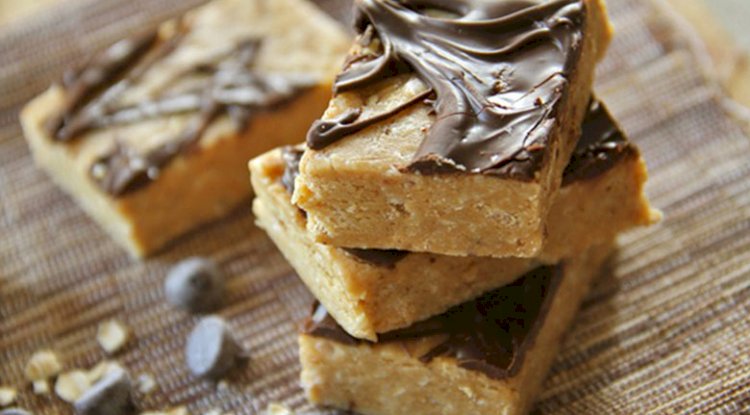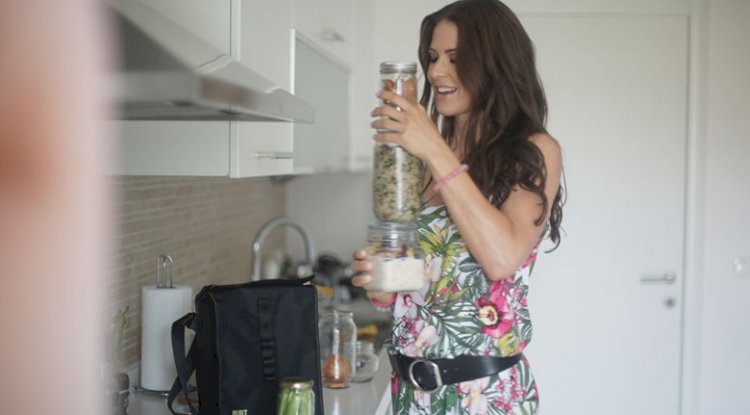The healthy food list
Good and bad carbs, healthy and unnecessary fats - if you are confused, you should have a look at my healthy grocery list.
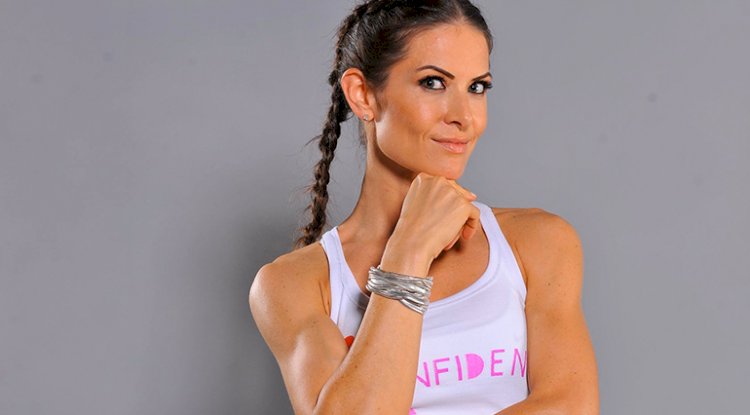
Here is a list of what I usually buy on my weekly expedition to the grocery store. Keep in mind that you should avoid going to the store on an empty stomach, because you will subconsciously grab the worst foods. That would most likely be things that are packed with sugar that spike your insulin levels fast or are laden with fats that fill you up quickly. So go shopping after having eaten a nutritious and healthy meal.
If you are not already doing it, I suggest you start reading the labels on the packages. Be aware that food companies are trying to mislead you by clever manipulation of words, because they want customers to think that their unhealthy products are good for them. The first ingredient on the label is the one which is most present in the food product, while the last on the list is the one with the lowest percentage of all ingredients of the food products.
If there’s a long list of unrecognizable -ines , -oses, or syrups behind what you’re buying, put it back on the shelf. If you for example read “fat free, gluten free, no preservatives, no artificial flavours” written on some cookie box, it will certainly be true. But are these cookies healthy? No they are not. Look at the ingredients and you will most probably find the word SUGAR or glucose fructose syrup. An other example is sugar-free ice-cream: most of them are higher in fat content because the manufacturer wants to compensate for the lacking taste and feeling in the mouth. Sugar-free and fat-free foods can also be calorie-dense, so you better read the labels or abstain from diet products.
Try not to buy anything that contains artificial sweeteners, such as aspartame and sucralose. Those tiny pills or powders are generating up to 600 times the sweetness of sucrose which is natural sugar. When you consume them, taste receptors on your tongue send signals to your brain, preparing it for sugar intake. But the artificial sweeteners do not activate the food reward pathways in the same fashion as natural sweeteners which leads to frustration and craving for more sugar. That means people who consume diet foods might be more likely to overeat.
MY PROTEINS…
- Eggs: I make sure they are from free range chicken which are fed organic food. Watch out, sometimes they write ORGANIC in big letters but if it doesn’t say FREE RANGE, those poor chicken are locked up in some tiny cage.
- Cottage Cheese: I cannot find any here in Turkey unfortunately. But when I used to live in Switzerland, it was one of my favorite snacks. It goes with everything: the omelet in the morning, as a sandwich spread or with fresh fruits for dessert. Cottage cheese also tastes awesome when baked in the oven as a top layer of your veggie gratin for example.
- Yoghurt: I only buy low fat plain yoghurt. The flavored ones are way too sweet. Just top it with fresh fruits instead.
- Chicken or Turkey: Nothing for me since I am a vegetarian, but I buy for my kids and my boyfriend. If I have the option, I always go for organic. It’s so scary what they inject to these animals (and vegetables unfortunately), just to make them grow faster and more resistant to illnesses.
- Fish: High quality protein and rich in omega-3 fats. Try to avoid farm fish and buy wild sea bass or wild swordfish. You will pay more but the fish will be leaner and less contaminated.
- Steak: A good choice for red meat.
- Lean Ground Beef: Lasagna, spaghetti and meat balls are some of the kids’ favorite dishes of course.
- Canned Tuna: Lean and inexpensive fish. I always keep some in the cupboard for a quick salad or pasta. I buy the normal, not the diet one and drain it well before using it.
MY CARBS…
- Oatmeal: It is a great slow digesting carb and my favorite for breakfast, I either make porridge or muesli. Oat flour is a great choice for baking because it’s less refined than most flours. You can conveniently make your own by grinding oats in a blender.
- Brown Rice: Staple of a slow digesting carb.
- Quinoa: Has become very popular. Is relatively rich in protein too.
- Sweet Potatoes: Tasty slow digesting carb.
- Wholewheat Bread: Make sure it is fresh and not made with white flour. Great slow digesting carb.
- Vegetables: You really can’t go wrong when you eat veggies. During the season all veggies are great to have but when you are looking to diet, stick with just the green ones as they have less calories and net carbs. Veggies are a great source of fiber, so try to have some in every meal.
- Fruit: All fruits are great but some are better than others for different reasons. Blueberries are at the top of the list for antioxidants and bananas are perfect for post-workout carbs. The majority of them digest faster than complex carbs so they are best used in the morning, pre- and post workout. Dried fruits contain a lot of sugar, don’t eat too many.
- Honey: Sometimes, my kids want sugar. A natural sweetener option is organic honey, which is full of antioxidants.
MY FATS…
- Flaxseeds: Sprinkle them over your salad or make Granola with them, they are so healthy.
- Olive Oil: Much better than to use butter.
- Avocado: I love to add avocado to my salad – it tastes so much better. Since it is neutral in taste, you can use it for desserts as well as spice it up for a yummy dip.
- Peanut Butter: Contains good protein too and is yummy. Love it as a spread for my crepes or as topping on my yoghurt.
- Almonds/Pecans/Walnuts: Good fat sources, will keep your appetite fueled until your next meal.
Let me know if I forgot anything!
